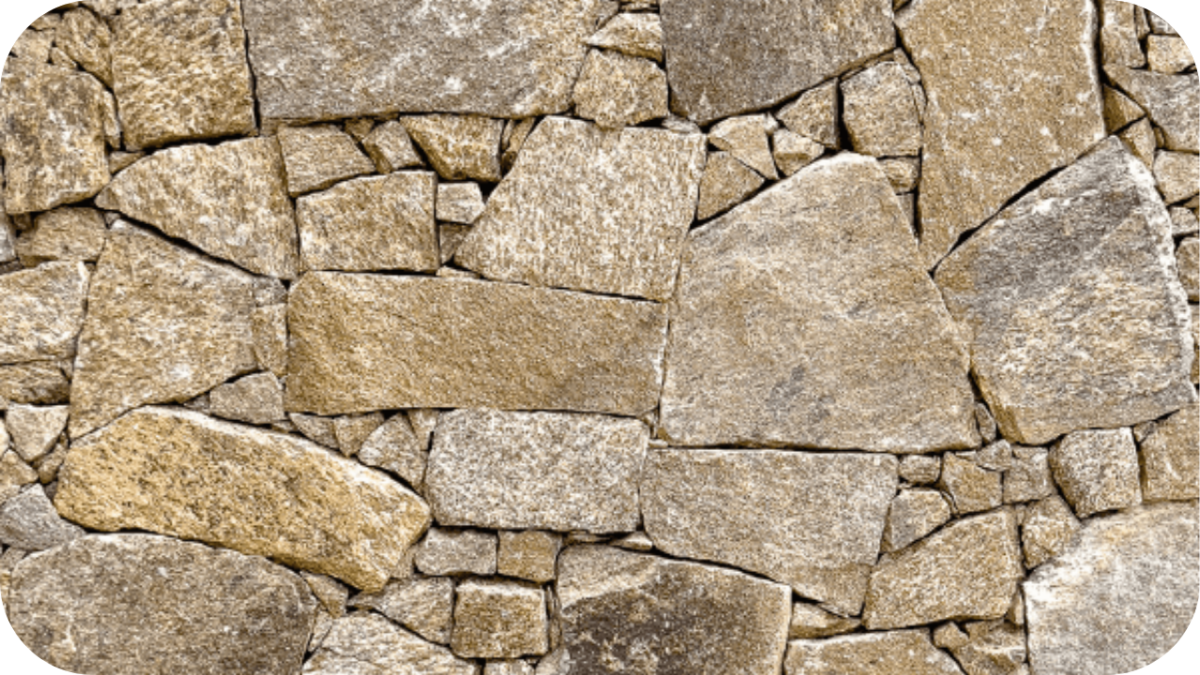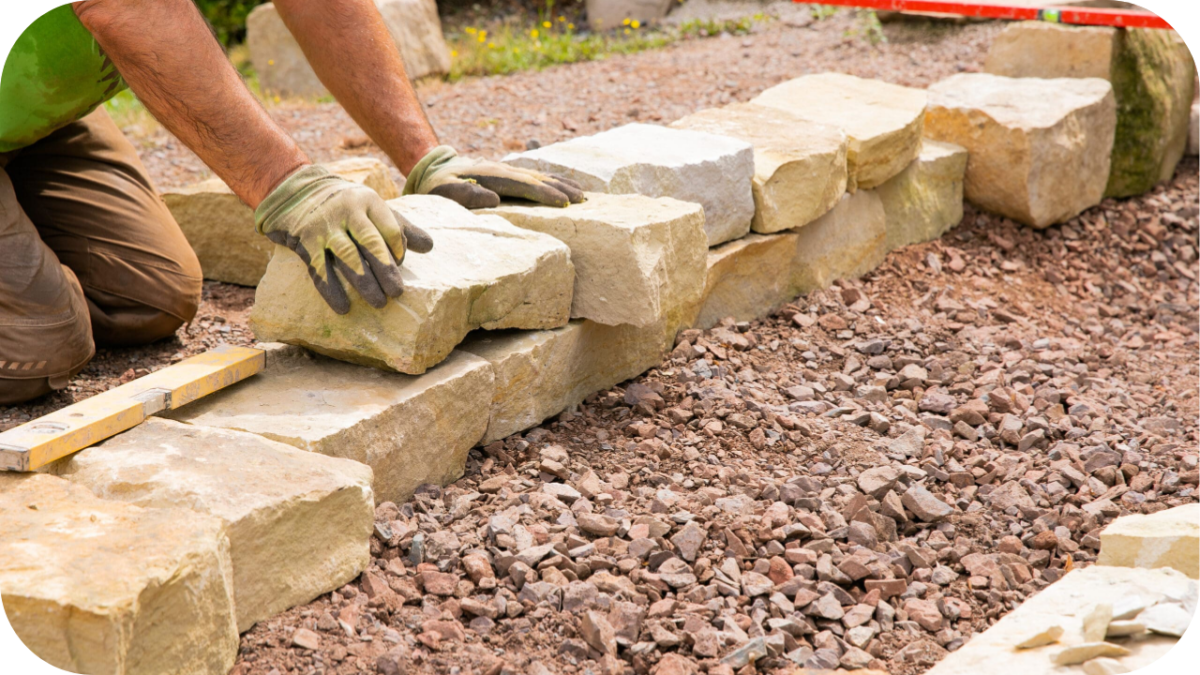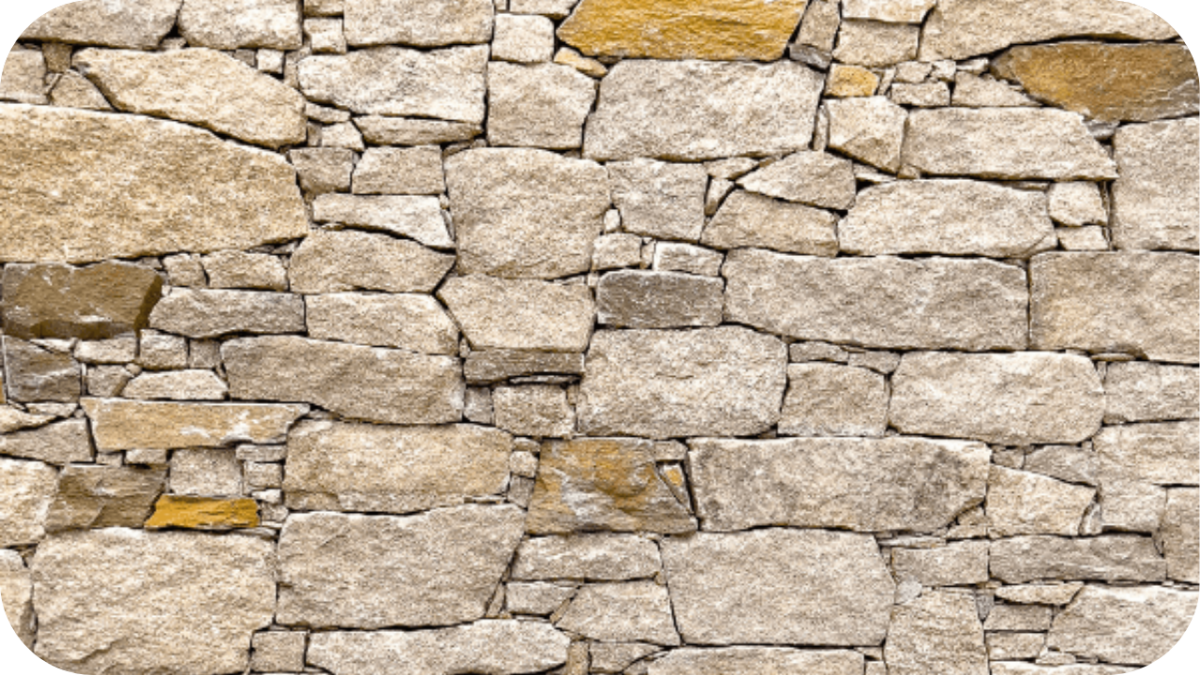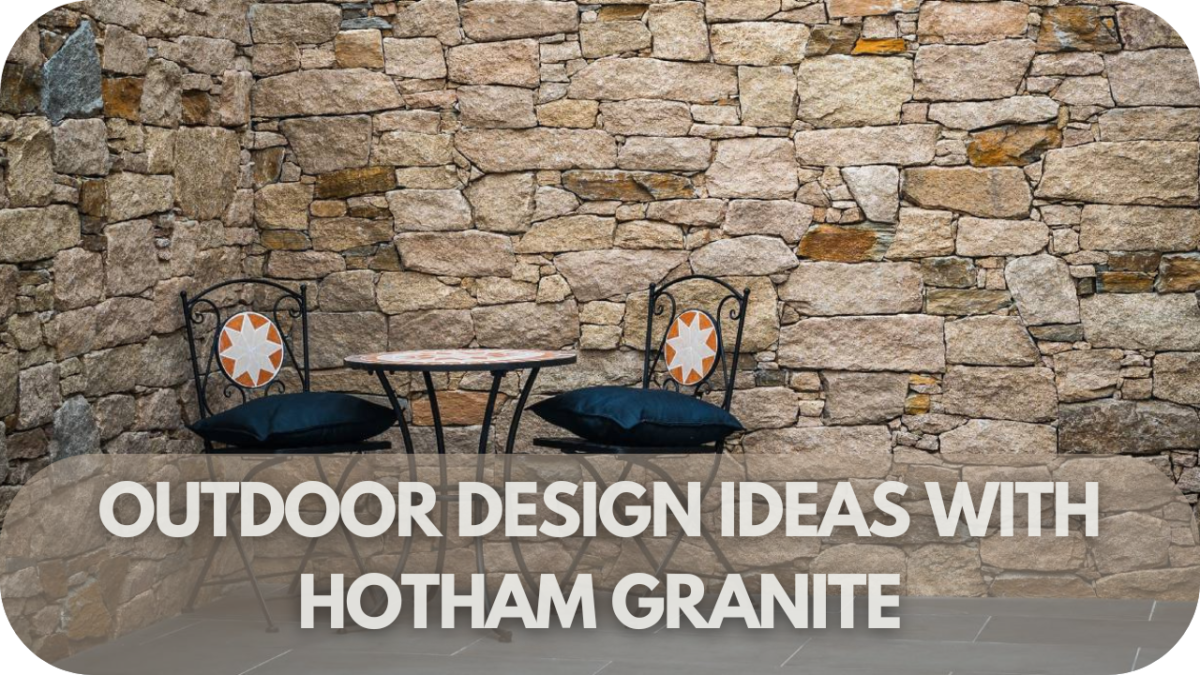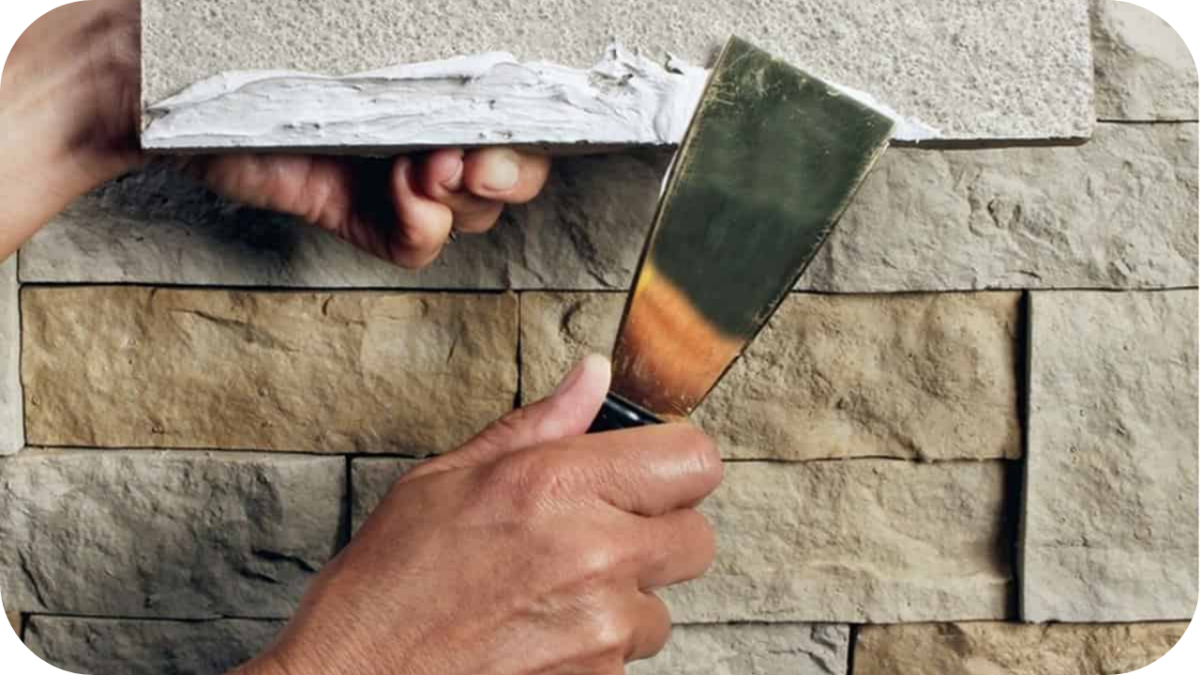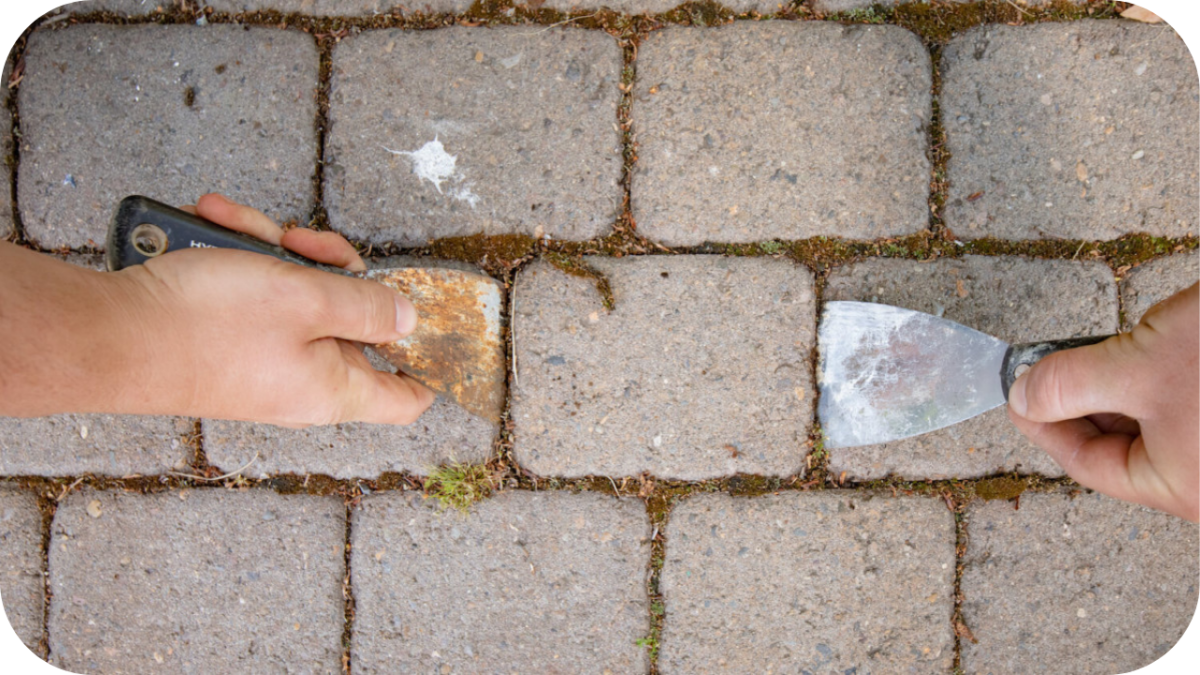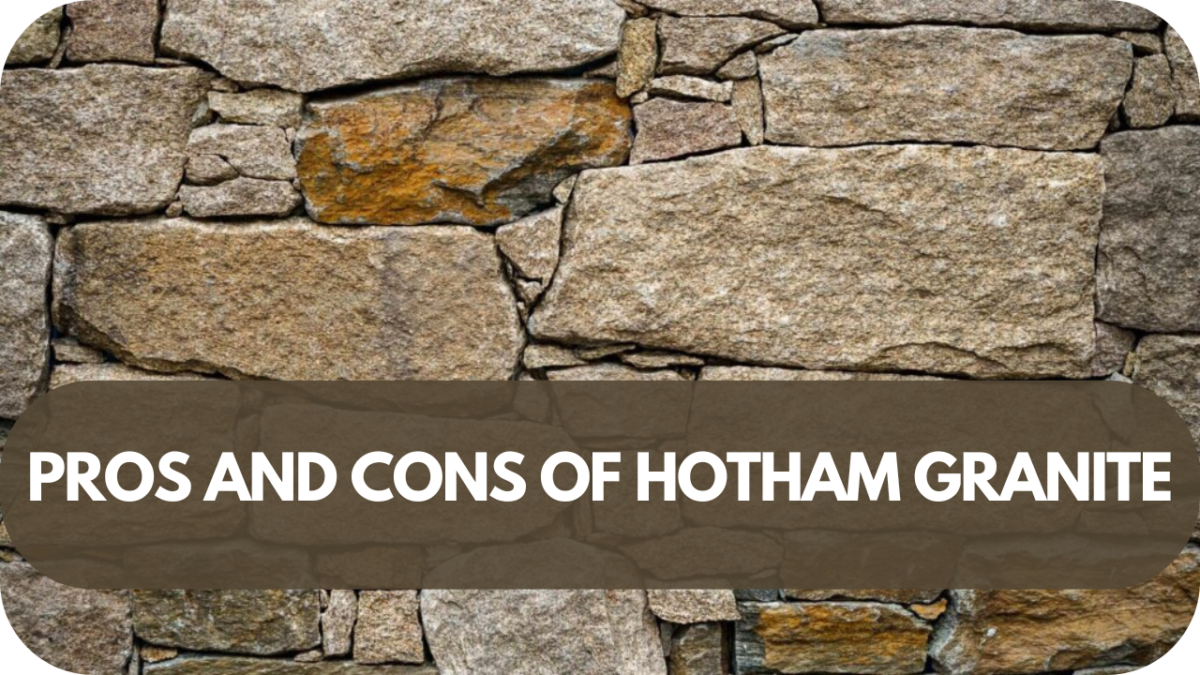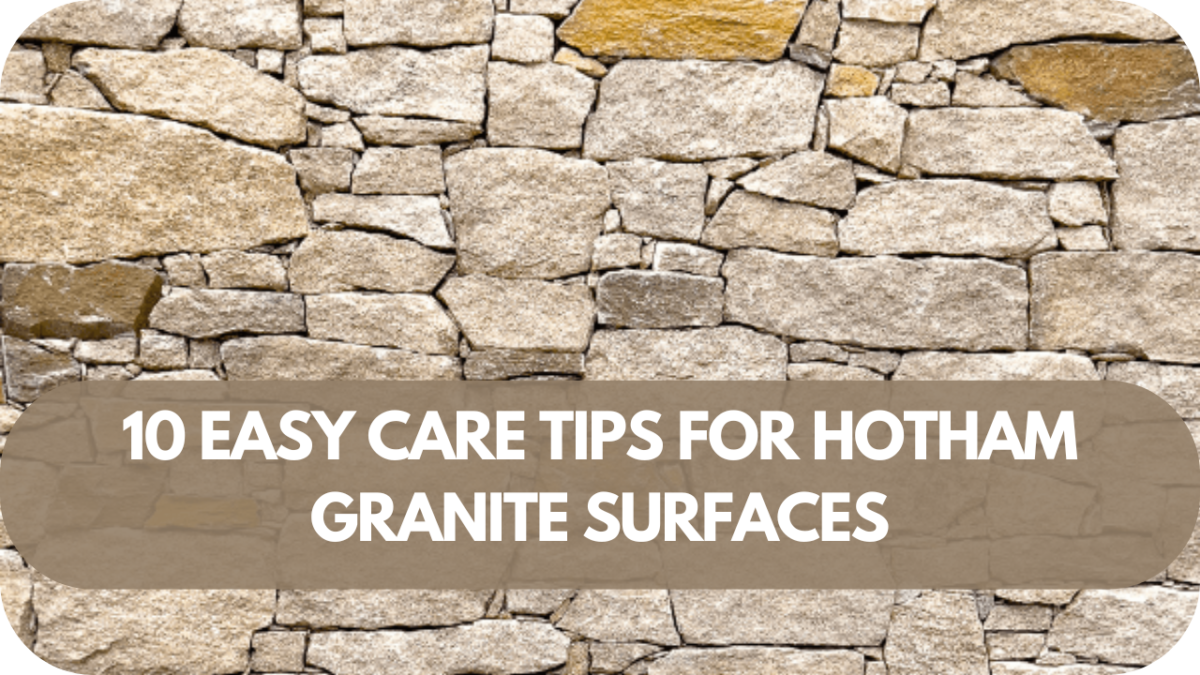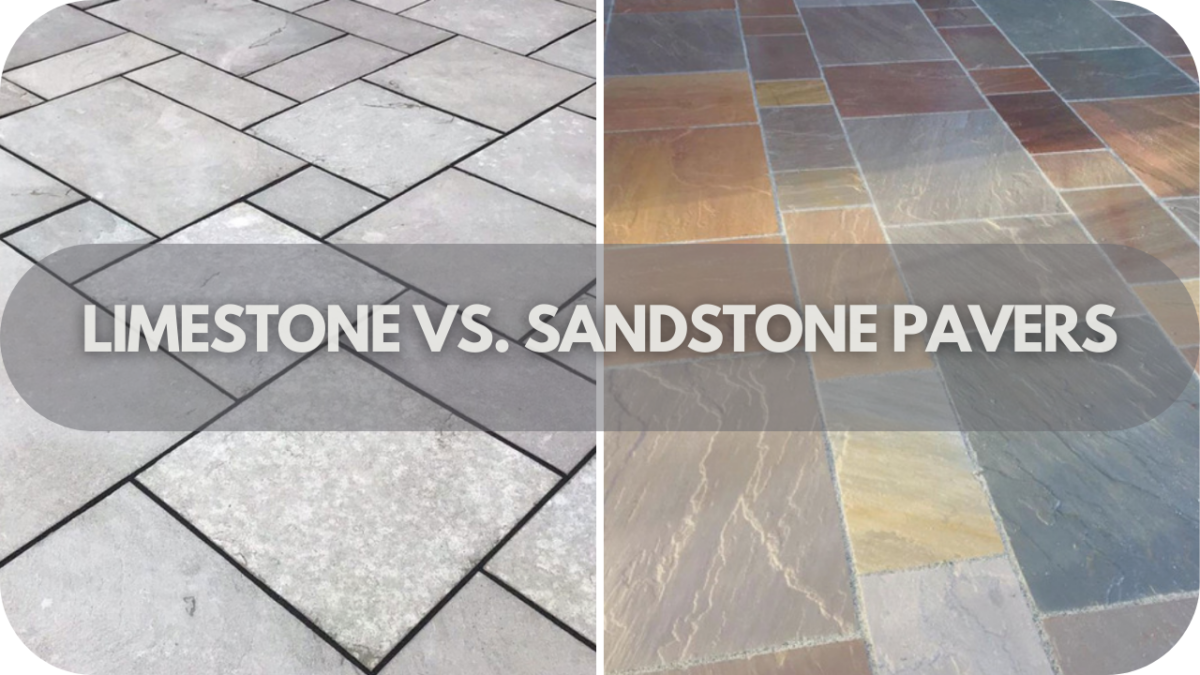Top 10 Mistakes to Avoid When Buying Granite
Buying granite sounds simple—until costly mistakes turn your dream project into a nightmare. A poor-quality slab, hidden defects, or the wrong finish could lead to safety risks or expensive replacements.
Many homeowners in Melbourne have faced these issues, often realising too late.
Want to make a smart choice and avoid the headaches? Here are the biggest mistakes to watch out for before making a purchase.
1. Not Researching Different Granite Types
Granite comes in a variety of types, each with unique characteristics. Some are more porous, while others are highly durable. Failing to research the differences can result in choosing a stone that doesn’t meet your needs.
For instance, light-coloured granite tends to be more porous and may require more sealing, whereas darker granite is generally denser. Understanding the durability, maintenance, and aesthetics of different granite types ensures you make an informed decision.
Always request samples and compare them under different lighting conditions in your home before making a purchase.
2. Overlooking the Importance of a Slab Inspection
Many buyers make the mistake of choosing granite from small samples rather than inspecting the actual slab. Since granite is a natural stone, each slab is unique, with variations in colour, veining, and patterns.
If you don’t inspect the full slab, you might end up with a piece that looks entirely different from what you expected. Some slabs may have fissures or colour inconsistencies that only become apparent when viewed in full.
Always visit the supplier and carefully examine the entire slab to ensure it meets your aesthetic and quality expectations.
3. Ignoring the Maintenance Requirements

Although its durable, granite still requires proper maintenance to keep its beauty intact. Many buyers assume that once installed, it’s maintenance-free. However, some types need regular sealing to prevent stains and damage.
Neglecting sealing can lead to discolouration and make the stone vulnerable to spills. Additionally, improper cleaning products, such as acidic or abrasive cleaners, can wear down the sealant and damage the stone over time.
Before purchasing, ask about the specific maintenance needs of your chosen granite and ensure you’re prepared for the upkeep.
4. Choosing Based on Price Alone
Going for the cheapest granite option can be a costly mistake in the long run. Lower-priced granite may be of inferior quality, prone to cracks, or inconsistently cut.
While price should be a consideration, prioritising quality is essential to ensure longevity and durability. Some sellers may offer significant discounts, but these slabs could be factory seconds or have hidden defects.
Instead of focusing solely on cost, balance affordability with quality by purchasing from a reputable supplier that guarantees high-grade granite.
5. Not Checking for Cracks and Fissures
Granite slabs often have natural fissures, which differ from cracks. Fissures are naturally occurring and generally harmless, but cracks can weaken the slab and lead to breakage.
Some buyers fail to inspect their slabs for these imperfections, which can cause issues during installation or everyday use. Always run your hand over the surface and shine a light across it to detect any structural weaknesses.
If you find deep cracks, consider choosing a different slab to avoid costly repairs or replacements in the future.
6. Selecting the Wrong Thickness

Granite slabs come in different thicknesses, typically 2cm or 3cm. Many buyers opt for thinner slabs to save money, but this can compromise durability.
A 2cm slab is more fragile and requires plywood backing for support, whereas a 3cm slab is stronger and more resistant to breaking. The thickness also impacts the overall aesthetic of your countertops.
If you prefer a more substantial, luxurious look, a thicker slab is the better choice. Discuss thickness options with your supplier to determine what best suits your needs.
7. Neglecting Edge Profiles
The edge profile of your granite can significantly impact both appearance and functionality. Many buyers overlook this detail, leading to dissatisfaction post-installation.
Some edge styles, like sharp square edges, can be prone to chipping, while rounded or bevelled edges provide a softer look and better durability. The edge profile also affects cleaning and maintenance.
For instance, intricate edges can trap dirt, making cleaning more challenging. Consider your kitchen or bathroom’s usage and choose an edge that complements your design while offering practicality.
8. Failing to Consider Colour Variations in Large Spaces
Granite slabs can vary in shade and pattern even within the same batch. If you’re covering a large area, failing to consider these variations may result in mismatched countertops or flooring.
To ensure uniformity, ask the supplier for consecutive slabs cut from the same block. If your design requires multiple slabs, work with your fabricator to align patterns and seams properly.
This attention to detail ensures a cohesive and visually appealing installation, preventing unexpected contrasts between different sections.
9. Poor Installation Planning

Even high-quality granite can be ruined by poor installation. Choosing an inexperienced installer can result in uneven seams, improper sealing, or weak support. Some buyers focus on selecting the perfect slab but overlook the importance of expert installation.
Ensure you hire a professional with experience in handling granite to avoid costly mistakes. Ask for references, check reviews, and confirm that the installer provides a warranty for their work.
Proper granite installation enhances the longevity and appearance of your granite, making it a worthwhile investment.
10. Forgetting to Factor in Future Resale Value
While personal preference is important, extreme or unconventional granite choices may affect your home’s resale value. Bright or unusual colours may appeal to you but could limit potential buyers in the future.
Neutral-toned granite, such as greys, whites, and blacks, generally has wider market appeal and adds timeless elegance. If resale value is a consideration, opt for classic granite styles that complement various interior designs.
This ensures your investment retains its value and attractiveness should you decide to sell your home later.
Conclusion
Don’t risk wasting your money or compromising safety with the wrong granite choice. From poor-quality slabs to improper sealing, the smallest mistake can lead to costly repairs or hazards in your home. At Splendour in Stone, we help Melbourne homeowners choose premium granite that lasts a lifetime. Don’t make these common mistakes—get it right the first time with Splendour in Stone!

